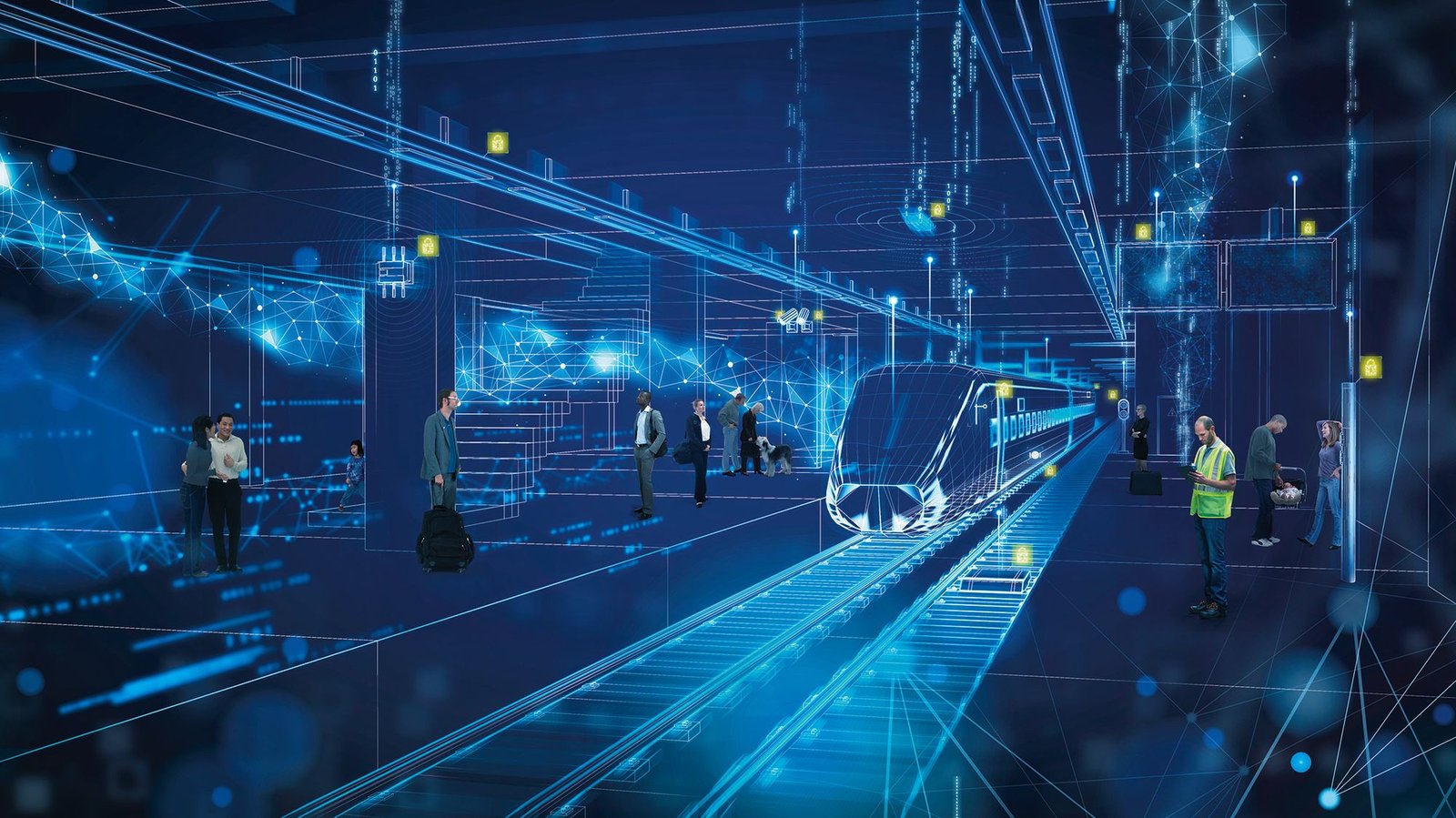Railway networks are critical to global transportation and trade. With increasing digital integration, they are also becoming prime targets for cyberattacks. Hackers are testing the resilience of these systems, raising urgent concerns about safety and security.
Rising Cyber Threats in Rail Infrastructure
Rail systems now rely on advanced technologies like IoT, sensors, and automation. While these innovations improve efficiency, they also open new vulnerabilities. Attackers target signaling systems, ticketing platforms, and communication networks. Even a minor breach could disrupt schedules or compromise passenger safety.
Why Railways Are Attractive Targets
Railways transport millions daily and carry essential goods. Any disruption can cause massive economic losses. Cybercriminals know this and exploit weak points for ransom or sabotage. State-sponsored groups may also see railways as strategic assets to destabilize rivals.
Notable Incidents Worldwide
Several railway systems have already faced cyber intrusions. In some cases, ransomware forced delays and system shutdowns. Other attacks aimed at stealing sensitive passenger data. These incidents prove that railway cybersecurity is no longer just a theoretical concern.
Challenges in Securing Rail Networks
Rail infrastructure often relies on outdated legacy systems. Integrating them with modern digital platforms creates gaps that hackers exploit. In addition, railway operators may lack the cybersecurity resources that banks or tech firms invest in. This imbalance leaves networks exposed.
Steps Toward Stronger Cybersecurity
Governments and railway companies are now prioritizing cybersecurity measures. Regular audits, intrusion detection systems, and staff training are key defenses. Collaboration with cybersecurity experts helps create proactive strategies. Building resilient systems requires both technological upgrades and human vigilance.
The Road Ahead
Cyber threats in railways will only grow as networks expand and digitize further. Securing this infrastructure is not optional; it is essential for public trust and national security. The future of safe railway travel depends on staying ahead of attackers who constantly test the limits.


